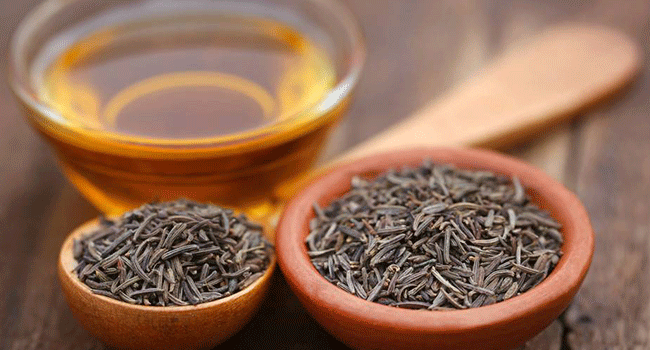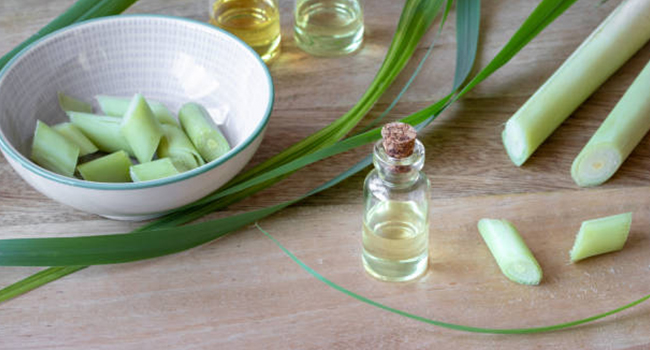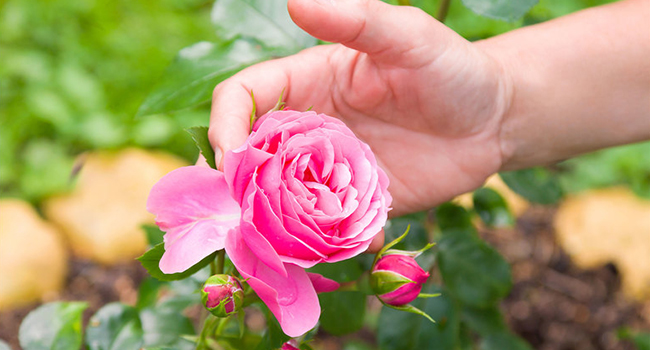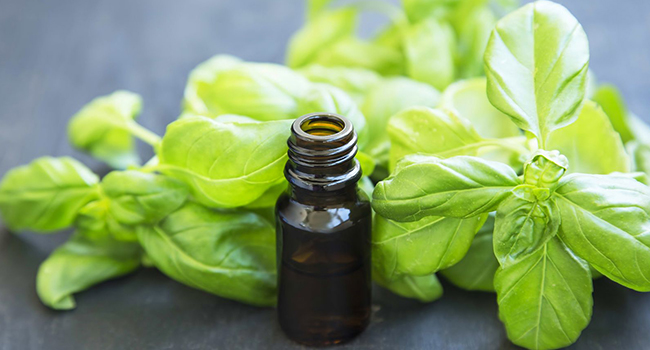
CASSIA OIL
CAS NO 8007-80-5
Cassia oil, also known as Cinnamomum Cassia, is widely cultivated in Eastern Asian countries such as: India, Indonesia, Malaysia, Taiwan and Thailand. Its aromatic bark is used as a spice. Cassia oil has a long history of having many health benefits. It is known to support the gastrointestinal tract. Its application to the skin helps in maintaining the texture and smoothness. Due to its warming properties and spicy scent, it is popularly used as a diffuser to create a warm environment in cold climactic conditions.















